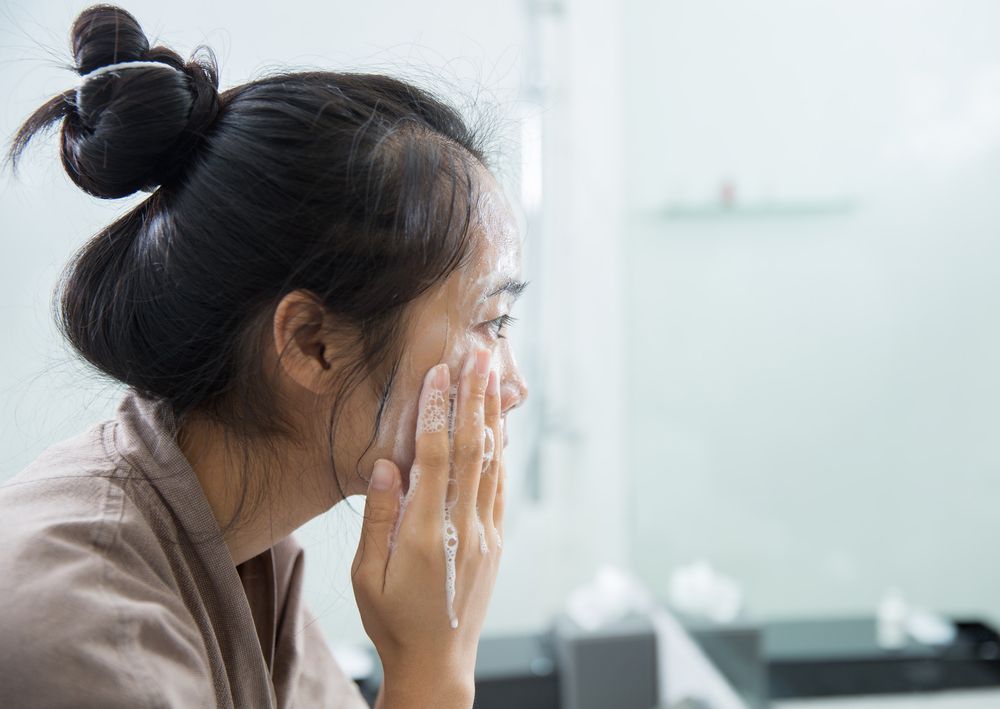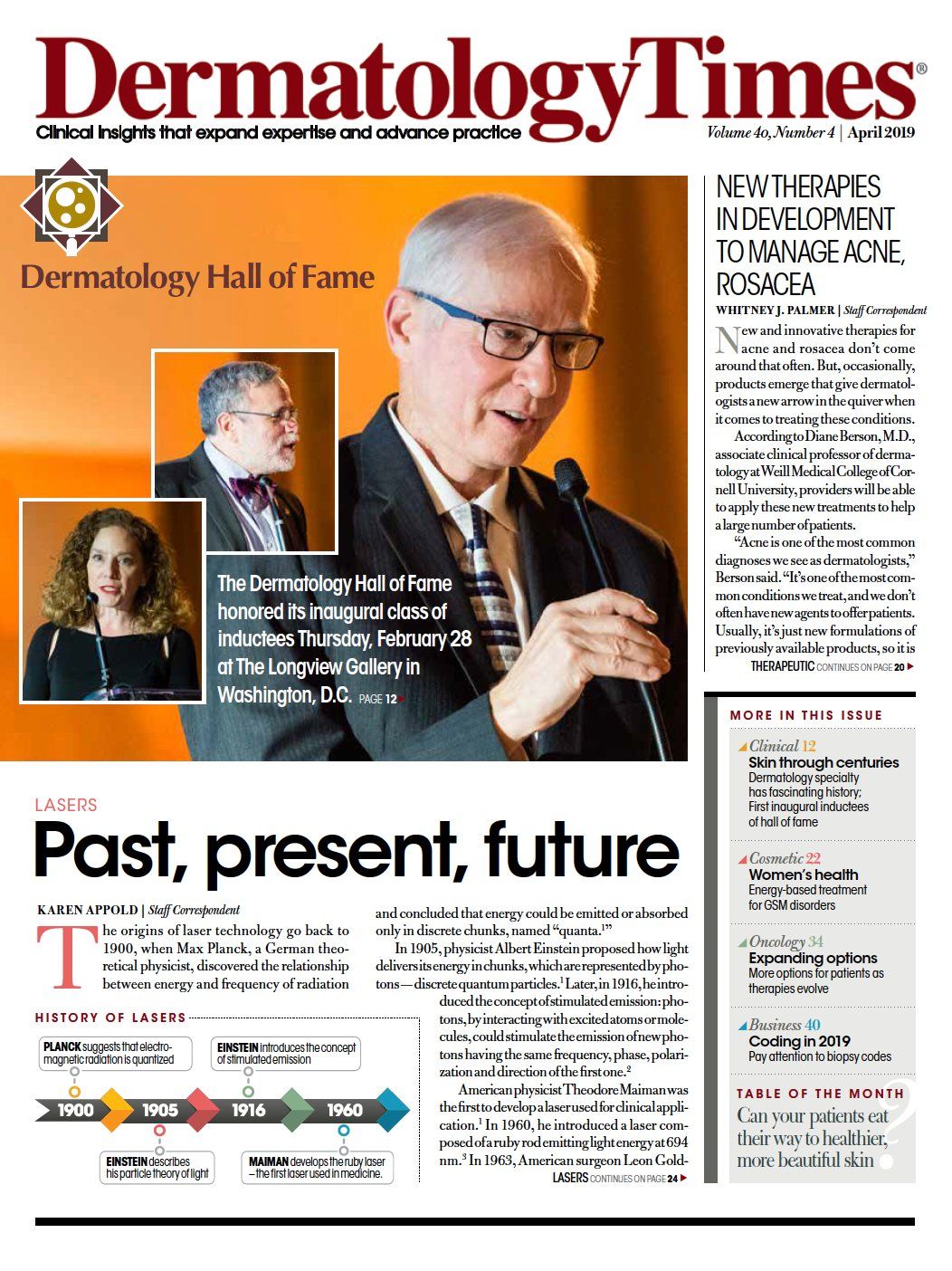- Case-Based Roundtable
- General Dermatology
- Eczema
- Chronic Hand Eczema
- Alopecia
- Aesthetics
- Vitiligo
- COVID-19
- Actinic Keratosis
- Precision Medicine and Biologics
- Rare Disease
- Wound Care
- Rosacea
- Psoriasis
- Psoriatic Arthritis
- Atopic Dermatitis
- Melasma
- NP and PA
- Skin Cancer
- Hidradenitis Suppurativa
- Drug Watch
- Pigmentary Disorders
- Acne
- Pediatric Dermatology
- Practice Management
- Prurigo Nodularis
- Buy-and-Bill
Publication
Article
Dermatology Times
Cosmeceuticals for skin of color
Author(s):
Skin concerns and treatment approaches differ for and among patients with skin of color.
Skin concerns and treatment approaches differ for and among patients with skin of color. (©TorwaistStudios/Shutterstock.com)

Dr. Taylor

Skin of color patients are less concerned that the cosmeceuticals they use address fine lines and wrinkles. Rather, they’re interested in products that minimize and treat hyperpigmentation from melasma or post-inflammatory hyperpigmentation, according to Susan C. Taylor, M.D., associate professor of Dermatology at the Perelman School of Medicine, Philadelphia, Penn.
Dr. Taylor presented “Skin of Color Cosmeceutical Considerations” during the Science of Cosmeceuticals and Nutraceuticals panel Sunday, March 3, at the 2019 American Academy of Dermatology Annual Meeting in Washington, DC.
“Skin of color patients are also concerned about the loss of firmness of the skin and with sagging. Therefore, they are searching for products that address this concern,” says Dr. Taylor, who founded the Skin of Color Society. “In the fast-paced world of dermatology and dermatology practice, it is very easy to lose sight of the fact that we see patients with many different skin types and skin tones and skin concerns. One size does not fit all.”
The goal is to carefully consider the needs of individual patients, according to Dr. Taylor.
“Many of the needs of the skin of color patient are different from non-Hispanic white patients,” she says. “Even within the group of patients who identify as skin of color, there are differences and different concerns.”
Dr. Taylor refers to a study by Saade D S, et al .published online July 2018 in the Journal of Clinical and Aesthetic Dermatology looking at patterns of over-the-counter lightening agent use among patients with hyperpigmentation in the U.S. The study shows hydroquinone was the most commonly used cream for lightening hyperpigmentation, and more than 36% of those using hydroquinone cream reported improvement. Most of those patients (63.5%) used it for less than six months. On the other hand, kojic acid, azelaic acid, steroids and antioxidants were used by fewer than 15% of patients and were associated with rates of improvement of less than 25% each.
Disclosures:
Dr. Taylor is an advisor, speaker, consultant educator and/or researcher for Aclaris Therapeutics, Allergan, Avon Products, Beiersdorf, Croma-Pharma GmbH Austria, Eli Lilly and Company, Galderma Laboratories, Neostrata and Unilever. She is an independent contractor with KGL Skin Study Center.






